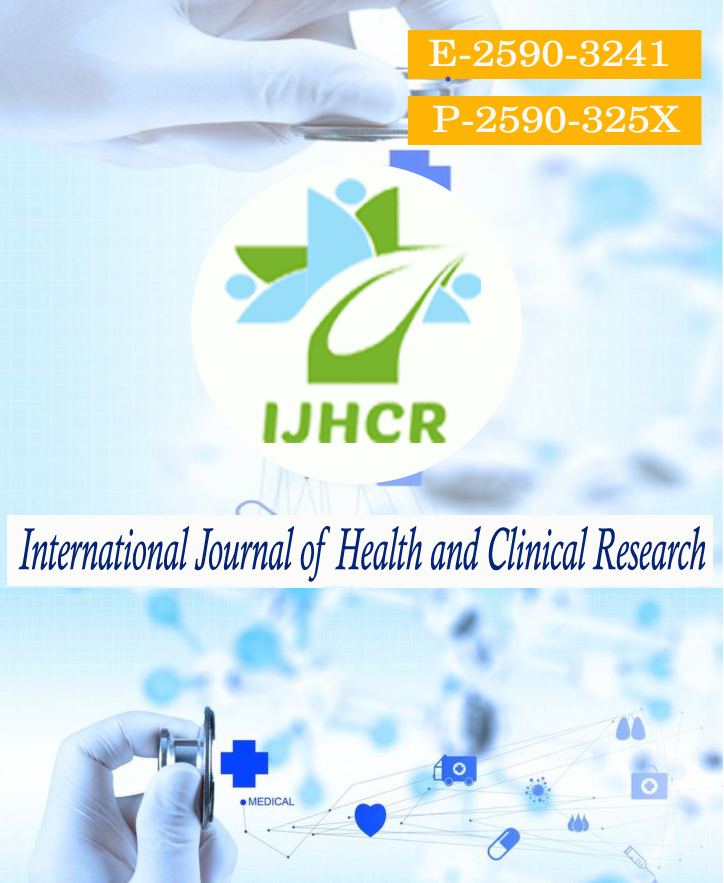A Hospital Based Retrospective Study to Estimate the Prevalence of Hysterectomy During One Year Period in Dholpur District in Rajasthan
Keywords:
Hysterectomies, Indication, Complications, Women.Abstract
Background: Hysterectomy is one of the most frequently performed surgical procedures during reproductive ages in many countries worldwide after caesarean section. Accordingly, the aim of this study to estimate incidence of hysterectomy in a low-income setting in district hospital, Dholpur, Rajasthan, India.Materials & Methods: This was an analytic cross-sectional study involving a retrospective review of clinical records at the district hospital, Dholpur over a 2 year period. Medical records of all women who had hysterectomies at the district hospital during this study period were captured with the help of a data capture sheet. Dependent Variables include indications of Hysterectomy, Complications of Hysterectomy and Outcomes of Hysterectomy. Independent Variables include age, Parity, Co-morbid factors, Level of Surgical Expertise, Uterine Size, Duration of Surgery, Past History of Surgery, and Type of Hysterectomy. Results: The mean age of women who had hysterectomies at the unit was 47.3 years. Nulliparous women constituted 8% of hysterectomy cases with the rest being parous. Majority of the women were employed in the farmers (38%). More than half of the patients had at least primary level of education (85.0%) with only a little over 15% having no education at all. Patients who had hysterectomy were predominantly muslims 48% with hindus occupying the second position (45%). The prevalence of the various indications, in descending order is as follows: uterine fibroids 70 (70%), utero-vaginal prolapse 5(5%), ovarian tumour 6 (6%), ruptured uterus 5 (5%), cancer of the endometrium 3 (3%), postpartum haemorrhage (PPH) 4 (4%), haemorrhage 4 (4%), and placenta anomalies 3 (3%).Conclusion: The burden of untreated morbidity, combined with attitudes towards the uterus, and a health system ill equipped to manage women’s gynaecological health needs, has rendered hysterectomy both medically rational, and socially acceptable, for low-income women in this setting.
Downloads
Published
How to Cite
Issue
Section
License
Copyright (c) 2022 Pradeep Kumar Garg, Rambilas Singh

This work is licensed under a Creative Commons Attribution 4.0 International License.






 All articles published in International Journal of Health and Clinical Research are licensed under a
All articles published in International Journal of Health and Clinical Research are licensed under a 